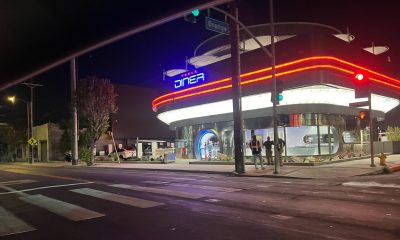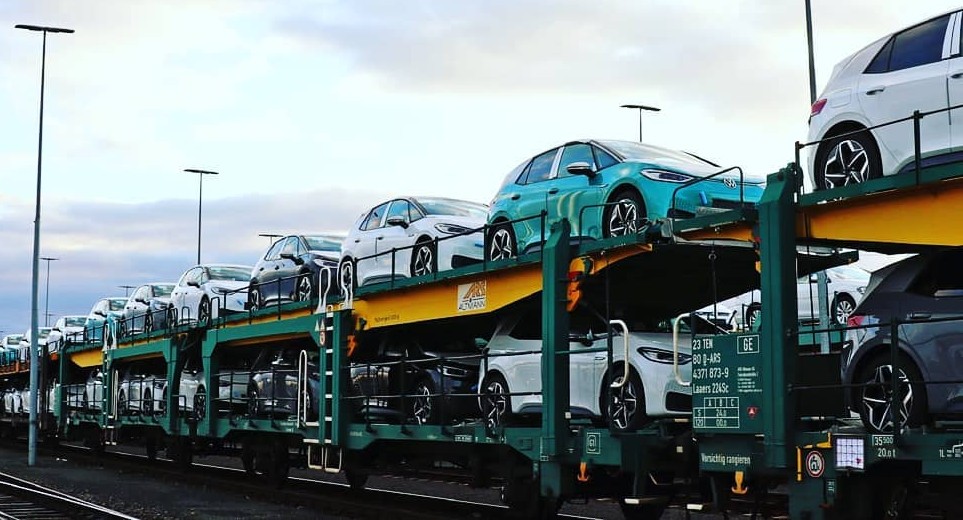

News
Volkswagen, a rocky $50B EV bet, and the bid to chase Tesla’s software prowess
Among the old guard of the automotive industry, very few could hold a candle to Volkswagen, which has initiated a $50 billion bet on electric vehicles. The plan, it seemed, was aimed at ensuring that the veteran automaker could catch up to Tesla, a dedicated EV maker that has made a name for itself by releasing vehicles that receive over-the-air updates on a regular basis.
Yet as the first result of Volkswagen’s dedicated EV efforts, the ID.3, rolled off the assembly line, it became clear that releasing software-driven electric cars was not as simple as building the next iteration of the Golf. When the ID.3 was released, the vehicle was incomplete. It could drive, turn corners, and basically do anything that regular cars are expected to do. Software-wise, however, it was nowhere near done. Features that were promised were absent, and promised capabilities such as over-the-air updates were unavailable.
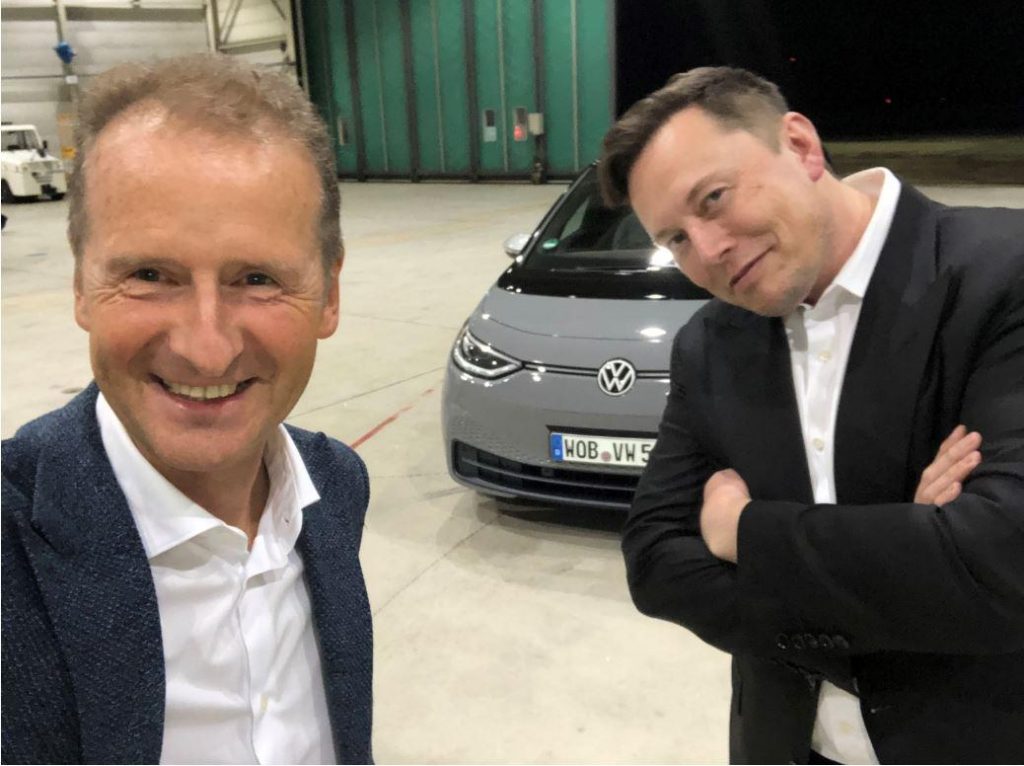
Even the ID.3’s heads-up display, a feature that is not present in rivals like the Model 3, didn’t function. Early users of the vehicle also reported hundreds of software bugs. By June last year, Volkswagen decided to delay the ID.3’s launch and sell the first batch of the cars without full software. The vehicles are expected to receive an update that would provide the ID.3 with its full feature set, but the initiative will require a service visit around February 2021.
As noted in a report from The Wall Street Journal, Volkswagen’s issues with the ID.3 were the result of the veteran automaker not being proficient in software. For years, industry analysts and leaders alike have suggested and peddled the “Tesla Killer” narrative, suggesting that once the big players of the auto industry get serious about electric vehicles, Elon Musk’s EV startup would be completely overrun. As it turned out, building electric cars was not as simple. Just because a company can produce good gas and diesel-powered cars does not mean that they can produce good EVs.
Karsten Michels, a senior engineer for Continental AG, one of the firms which Volkswagen tapped to develop the ID.3’s software, noted that the gravity of the task surrounding the development of custom vehicle software was underestimated. “Maybe we underestimated how much work is involved and how little we could actually rely on existing legacy software,” Michels said.
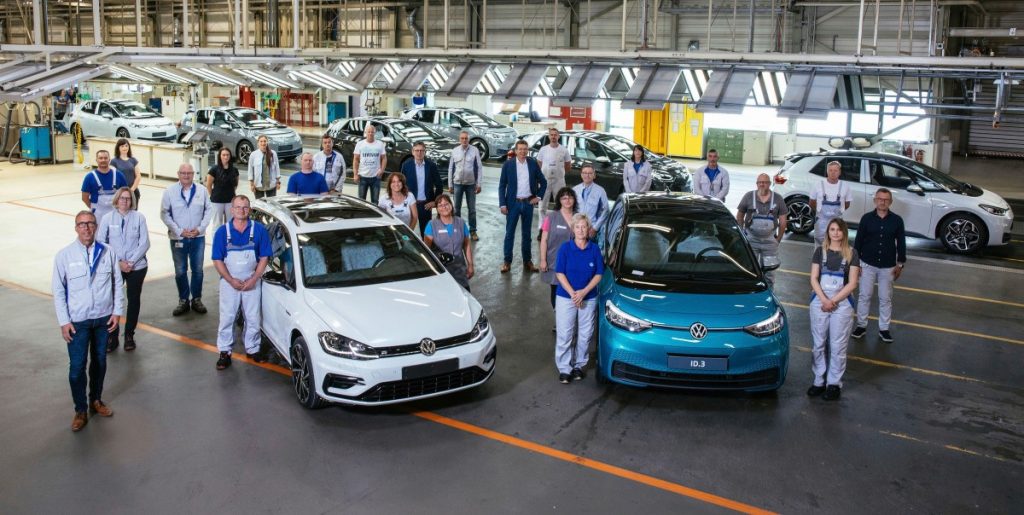
Peter Rawlinson, CEO of Lucid Motors, expressed his thoughts on the situation. “(Ever since Tesla launched its first car in 2008) there was this feeling that the really serious players are going to come. Now, the Germans have finally come, and they’re not as good as Tesla,” he remarked.
Volkswagen, for its part, seems to be taking the lessons it learned during the ID.3 rollout and is applying it for the release of the ID.4, a crossover SUV that could rival the Tesla Model Y. Herbert Diess, the Chairman of the Board of Management of Volkswagen Group and an executive who has struck a friendship of sorts with Tesla CEO Elon Musk, initiated efforts to overhaul the company’s software strategies. If successful, the ID.4, which will be produced in Europe, China, and the United States, would deliver on the promises set forth by the ID.3.
Ultimately, Volkswagen has learned a notable yet painful lesson during the ramp of the ID.3, the most notable of which is that software is something that legacy automakers still need to work on. Granted, software has been running in gas-powered cars for years, with average vehicles including dozens of parts with chips that are designed to perform specific tasks. EVs, however, require a different type of software, one that is more akin to those used by smartphones today. With electric cars, in-vehicle software becomes the heart of the vehicle, with updates becoming the equivalent of service visits in a gas-powered car. In-vehicle software today is never complete as well, as they must always be open to improvements.
Danny Shapiro, senior director of automotive at Nvidia, related his thoughts on the complexity of in-vehicle software. “The key here is taking this distributed system in the car, dozens if not hundreds of applications, and centralizing everything. This is very complex, especially with a car where the safety level is critical. You can’t just flip a switch and be a software company,” he noted.
Don’t hesitate to contact us for news tips. Just send a message to tips@teslarati.com to give us a heads up
Elon Musk
Tesla Supercharger Diner food menu gets a sneak peek as construction closes out
What are you ordering at the Tesla Diner?

The Tesla Supercharger Diner in Los Angeles is nearing completion as construction appears to be winding down significantly. However, the more minor details, such as what the company will serve at its 50s-style diner for food, are starting to be revealed.
Tesla’s Supercharger Diner is set to open soon, seven years after CEO Elon Musk first drafted the idea in a post on X in 2018. Musk has largely come through on most of what he envisioned for the project: the diner, the massive movie screens, and the intended vibe are all present, thanks to the aerial and ground footage shared on social media.
We already know the Diner will be open 24/7, based on decals placed on the front door of the restaurant that were shared earlier this week. We assume that Tesla Optimus will come into play for these long and uninterrupted hours.
The Tesla Diner is basically finished—here’s what it looks like
As far as the food, Tesla does have an email also printed on the front door of the Diner, but we did not receive any response back (yet) about what cuisine it will be offering. We figured it would be nothing fancy and it would be typical diner staples: burgers, fries, wings, milkshakes, etc.
According to pictures taken by @Tesla_lighting_, which were shared by Not a Tesla App, the food will be just that: quick and affordable meals that diners do well. It’s nothing crazy, just typical staples you’d find at any diner, just with a Tesla twist:
Tesla Diner food:
• Burgers
• Fries
• Chicken Wings
• Hot Dogs
• Hand-spun milkshakes
• And more https://t.co/kzFf20YZQq pic.twitter.com/aRv02TzouY— Sawyer Merritt (@SawyerMerritt) July 17, 2025
As the food menu is finalized, we will be sure to share any details Tesla provides, including a full list of what will be served and its prices.
Additionally, the entire property appears to be nearing its final construction stages, and it seems it may even be nearing completion. The movie screens are already up and showing videos of things like SpaceX launches.
There are many cars already using the Superchargers at the restaurant, and employees inside the facility look to be putting the finishing touches on the interior.
🚨 Boots on the ground at the Tesla Diner:
— TESLARATI (@Teslarati) July 17, 2025
It’s almost reminiscent of a Tesla version of a Buc-ee’s, a southern staple convenience store that offers much more than a traditional gas station. Of course, Tesla’s version is futuristic and more catered to the company’s image, but the idea is the same.
It’s a one-stop shop for anything you’d need to recharge as a Tesla owner. Los Angeles building permits have not yet revealed the date for the restaurant’s initial operation, but Tesla may have its eye on a target date that will likely be announced during next week’s Earnings Call.
News
Tesla’s longer Model Y did not scale back requests for this vehicle type from fans
Tesla fans are happy with the new Model Y, but they’re still vocal about the need for something else.
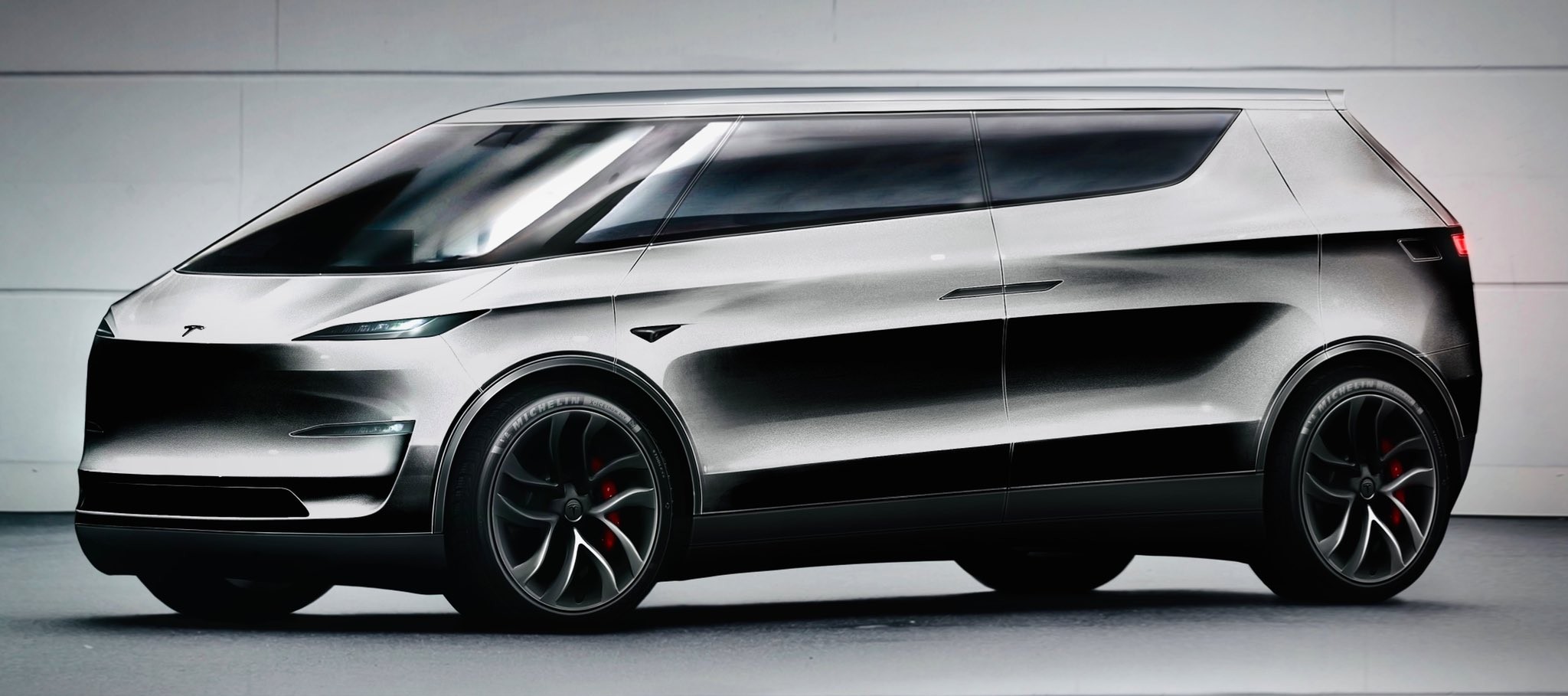
Tesla launched a slightly longer version of the Model Y all-electric crossover in China, and with it being extremely likely that the vehicle will make its way to other markets, including the United States, fans are still looking for something more.
The new Model Y L in China boasts a slightly larger wheelbase than its original version, giving slightly more interior room with a sixth seat, thanks to a third row.
Tesla exec hints at useful and potentially killer Model Y L feature
Tesla has said throughout the past year that it would focus on developing its affordable, compact models, which were set to begin production in the first half of the year. The company has not indicated whether it met that timeline or not, but many are hoping to see unveilings of those designs potentially during the Q3 earnings call.
However, the modifications to the Model Y, which have not yet been officially announced for any markets outside of China, still don’t seem to be what owners and fans are looking forward to. Instead, they are hoping for something larger.
A few months ago, I reported on the overall consensus within the Tesla community that the company needs a full-size SUV, minivan, or even a cargo van that would be ideal for camping or business use.
Tesla is missing one type of vehicle in its lineup and fans want it fast
That mentality still seems very present amongst fans and owners, who state that a full-size SUV with enough seating for a larger family, more capability in terms of cargo space for camping or business operation, and something to compete with gas cars like the Chevrolet Tahoe, Ford Expedition, or electric ones like the Volkswagen ID.BUZZ.
We asked the question on X, and Tesla fans were nearly unanimously in support of a larger SUV or minivan-type vehicle for the company’s lineup:
🚨 More and more people are *still* saying that, despite this new, longer Model Y, Tesla still needs a true three-row SUV
Do you agree? https://t.co/QmbRDcCE08 pic.twitter.com/p6m5zB4sDZ
— TESLARATI (@Teslarati) July 16, 2025
Here’s what some of the respondents said:
100% agree, we need a larger vehicle.
Our model Y is quickly getting too small for our family of 5 as the kids grow. A slightly longer Y with an extra seat is nice but it’s not enough if you’re looking to take it on road trips/vacations/ kids sports gear etc.
Unfortunately we…
— Anthony Hunter (@_LiarsDice_) July 17, 2025
Had to buy a Kia Carnival Hybrid because Tesla doesn’t have a true 3 row vehicle with proper space and respectable range. pic.twitter.com/pzwFyHU8Gi
— Neil, like the astronaut (@Neileeyo) July 17, 2025
Agreed! I’m not sure who created this but I liked it enough to save it. pic.twitter.com/Sof5nMehjS
— 🦉Wise Words of Wisdom – Inspirational Quotes (IQ) (@WiseWordsIQ) July 16, 2025
Tesla is certainly aware that many of its owners would like the company to develop something larger that competes with the large SUVs on the market.
However, it has not stated that anything like that is in the current plans for future vehicles, as it has made a concerted effort to develop Robotaxi alongside the affordable, compact models that it claims are in development.
It has already unveiled the Robovan, a people-mover that can seat up to 20 passengers in a lounge-like interior.
The Robovan will be completely driverless, so it’s unlikely we will see it before the release of a fully autonomous Full Self-Driving suite from Tesla.
Energy
Tesla launches first Virtual Power Plant in UK – get paid to use solar
Tesla has launched its first-ever Virtual Power Plant program in the United Kingdom.
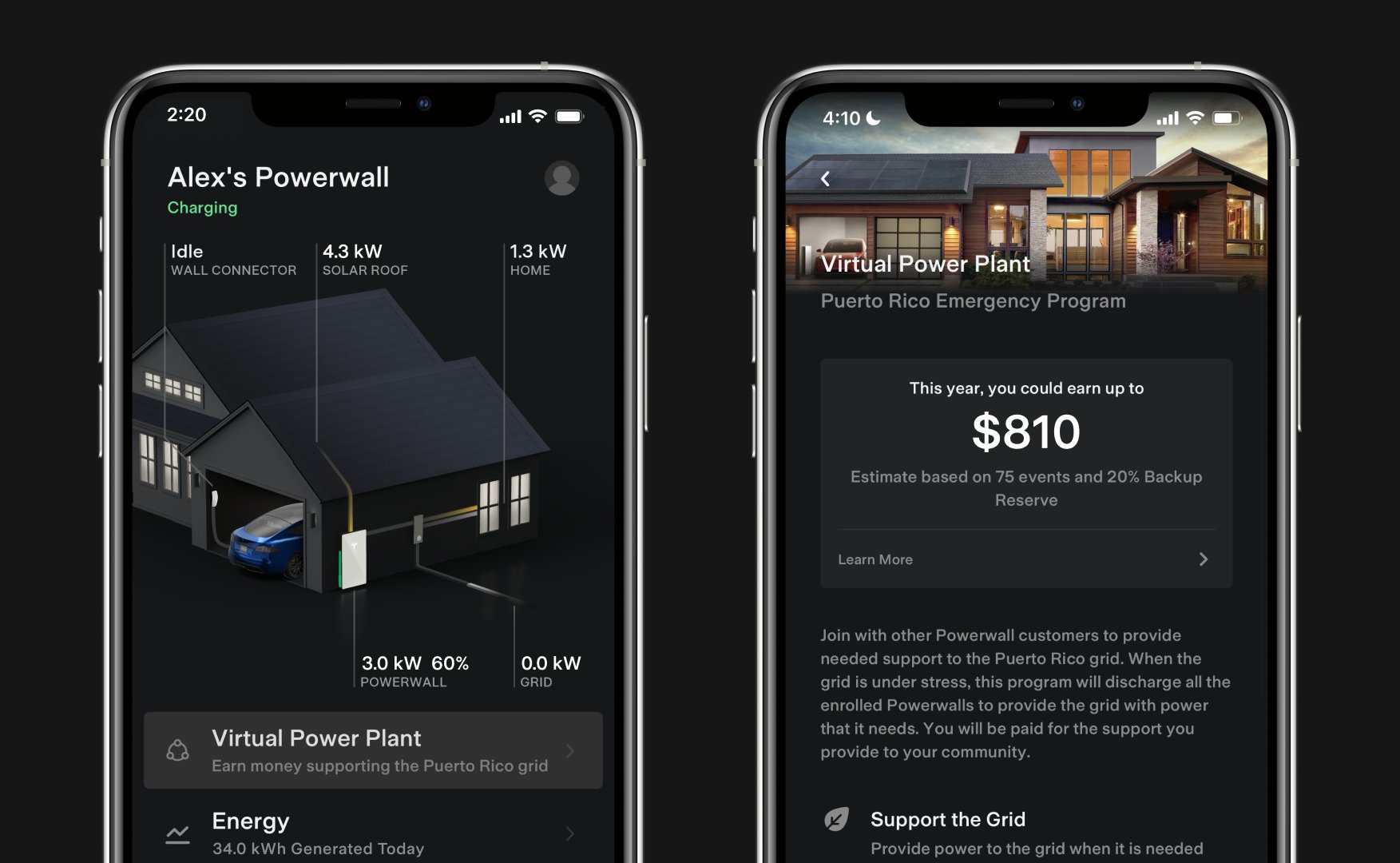
Tesla has launched its first-ever Virtual Power Plant program in the United Kingdom. This feature enables users of solar panels and energy storage systems to sell their excess energy back to the grid.
Tesla is utilizing Octopus Energy, a British renewable energy company that operates in multiple markets, including the UK, France, Germany, Italy, Spain, Australia, Japan, New Zealand, and the United States, as the provider for the VPP launch in the region.
The company states that those who enroll in the program can earn up to £300 per month.
Tesla has operated several VPP programs worldwide, most notably in California, Texas, Connecticut, and the U.S. territory of Puerto Rico. This is not the first time Tesla has operated a VPP outside the United States, as there are programs in Australia, Japan, and New Zealand.
This is its first in the UK:
Our first VPP in the UK
You can get paid to share your energy – store excess energy in your Powerwall & sell it back to the grid
You’re making £££ and the community is powered by clean energy
Win-win pic.twitter.com/evhMtJpgy1
— Tesla UK (@tesla_uk) July 17, 2025
Tesla is not the only company that is working with Octopus Energy in the UK for the VPP, as it joins SolarEdge, GivEnergy, and Enphase as other companies that utilize the Octopus platform for their project operations.
It has been six years since Tesla launched its first VPP, as it started its first in Australia back in 2019. In 2024, Tesla paid out over $10 million to those participating in the program.
Participating in the VPP program that Tesla offers not only provides enrolled individuals with the opportunity to earn money, but it also contributes to grid stabilization by supporting local energy grids.
-
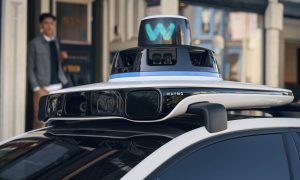
 Elon Musk1 day ago
Elon Musk1 day agoWaymo responds to Tesla’s Robotaxi expansion in Austin with bold statement
-
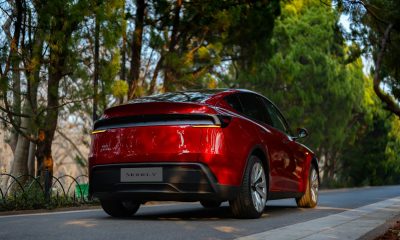
 News1 day ago
News1 day agoTesla exec hints at useful and potentially killer Model Y L feature
-

 Elon Musk2 days ago
Elon Musk2 days agoElon Musk reveals SpaceX’s target for Starship’s 10th launch
-

 Elon Musk3 days ago
Elon Musk3 days agoTesla ups Robotaxi fare price to another comical figure with service area expansion
-
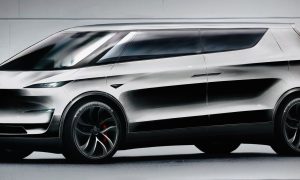
 News1 day ago
News1 day agoTesla’s longer Model Y did not scale back requests for this vehicle type from fans
-

 News1 day ago
News1 day ago“Worthy of respect:” Six-seat Model Y L acknowledged by Tesla China’s biggest rivals
-
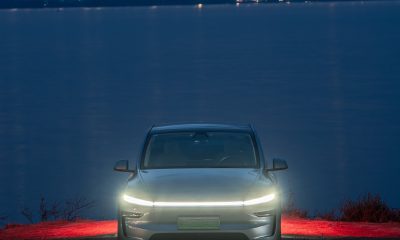
 News2 days ago
News2 days agoFirst glimpse of Tesla Model Y with six seats and extended wheelbase
-
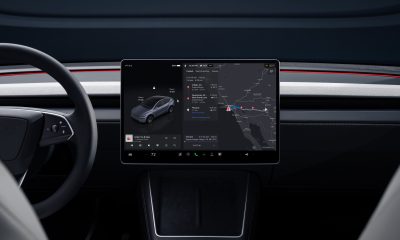
 Elon Musk2 days ago
Elon Musk2 days agoElon Musk confirms Tesla is already rolling out a new feature for in-car Grok


